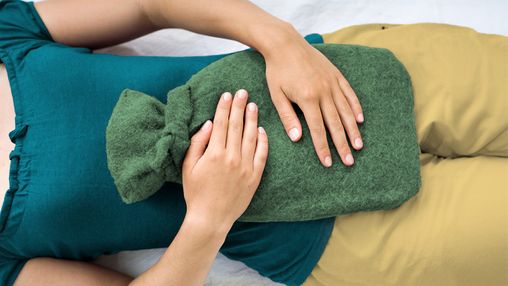Painful Periods: Causes, Symptoms, and Proven Ways to Stop the Pain

Many women experience painful periods, also known as dysmenorrhea, which can cause cramps, lower back pain, and even headaches. This pain is primarily caused by the release of prostaglandins, natural chemicals in the body that trigger muscle contractions in the uterus to help shed its lining.....CONTINUE READING THE FULL STORY HERE
The stronger these contractions, the more pain you may feel. For some women, the pain is mild and manageable, but for others, it can be severe enough to interfere with daily life.
Other possible causes include conditions like endometriosis, where tissue similar to the uterine lining grows outside the uterus, and fibroids, which are noncancerous growths that can make periods more painful.
Pelvic inflammatory disease (PID) and certain hormonal imbalances can also play a role.
To manage painful periods, you can try simple home remedies like using a heating pad on your lower abdomen, doing light exercises, or practicing relaxation techniques such as yoga or deep breathing. Over-the-counter pain relievers like ibuprofen can help reduce cramps.
If your pain is severe or doesn’t improve, it’s important to see a doctor, as they can check for underlying conditions and suggest treatments like birth control pills, which can help regulate hormones and reduce pain. Remember, your health and comfort matter.
